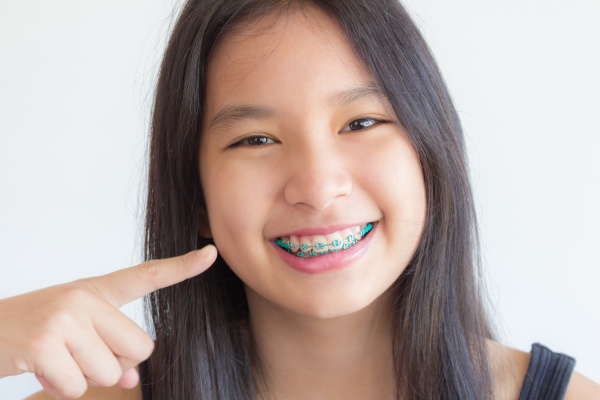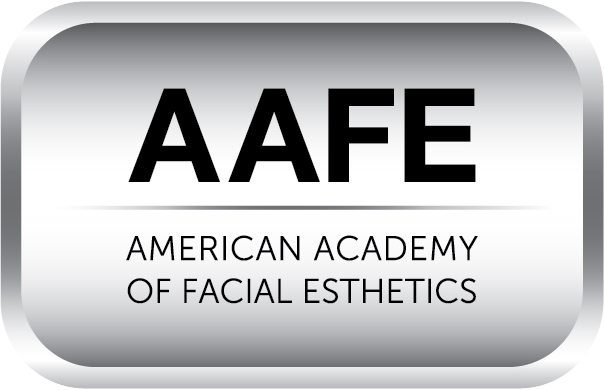What to Expect When Traditional Braces Are Placed on Your Teeth

Getting braces is a very common experience for children, teenagers and adults. Learning how to deal with braces can take you some time. If you know what to expect after having braces placed on your teeth, you can prepare for the treatment. Being properly informed can ease your nerves and confusion once you finally have this orthodontic treatment.
What to expect with braces
With traditional braces, patients can expect a metal bracket to attach to each tooth. A metal arch wire will attach to these brackets. Some people have brackets that clamp onto the arch wire while others have rubber bands connecting the brackets and wires. If a patient has an overbite or underbite, they might also need rubber bands connecting the bottom and top rows of the teeth. These work together to gradually realign the person’s bite to make it more effective.
Are braces uncomfortable?
At first, patients may experience some mild discomfort as the braces put a gentle, even pressure on the teeth. This pressure can cause a dull ache. Orthodontists recommend that patients stick to soft foods at first and make use of over-the-counter painkillers.
The braces can also rub sore spots on the inner part of the mouth. With little time, the skin will toughen, and the sores will fade. Until then, dentists recommend applying orthodontic wax to the rough brackets, so they no longer poke patients. After a week or two, discomfort should fade and it should not be too unpleasant.
Do braces affect eating?
Orthodontists may recommend that a patient sticks to soft, easy-to-chew foods in the first week of having braces. These can include smoothies, soups, mashed potatoes and oatmeal. Once the discomfort passes, normal dietary routines can resume.
However, the new dental equipment may require some changes. It can be more difficult to bite down on hard or crunchy foods. It is recommended to cut food into smaller pieces. Patients should also avoid food that is sticky or gooey, such as gum and caramel.
How do braces affect teeth cleaning?
Some patients find it difficult to clean the teeth with the braces in the way. However, it is extremely important. Not practicing good oral hygiene habits can lead to a buildup of plaque that hardens around the brackets. This can lead to a stained smile once the braces are removed as well as cause cavities. To avoid these problems, patients should brush after each meal to remove stuck food. Braces can shorten the life span of toothbrushes, so it is important to watch for frayed bristles.
How long are braces necessary?
Results will be dependent on several factors. These can include bone density, how misaligned the teeth are and the patient’s age. Changes are typically visible to the patient within six weeks. Within a few months, others may notice the change in a patient’s smile. The teeth will straighten slightly with each adjustment. It may take a few years for the braces to do their entire job. Orthodontists recommend meeting every four to six weeks and can give patients estimates on how long the treatment needs to continue.
Preparing for braces
When you have braces, it is normal to expect some slight inconvenience and discomfort. However, you should adjust pretty quickly to your braces. The advantages usually outweigh the minor annoyance and you will be left with a straighter, healthier smile.
Are you considering getting braces in the Dalton area? Get more information at https://drcalldental.com.
Check out what others are saying about our services on Yelp: Read our Yelp reviews.
Related Posts
Dental bridges can replace missing teeth effectively and often without needing surgery. Not only will this restore the smile, but it also helps patients avoid the negative oral health effects of missing teeth. A general dentist can determine whether a patient is a good candidate for bridges in a consultation. However, learning the basics can…
There are many reasons why bleeding gums may occur. If it only happens once in a while, it is typically not cause for concern. Gums can bleed because of brushing or flossing that is overly vigorous. If bleeding is an ongoing occurrence, however, there may be an underlying medical or dental condition causing it. The…
Patients do not have to accept bleeding gums as part of routine oral health maintenance as this condition can lead to more advanced forms of gum disease. It can easily be treated with specialized products in the early stages. These patients should visit a dentist as soon as possible after noticing gum inflammation or bleeding…
Dental bridges are a non-invasive restorative option for replacing missing teeth. However, they require proper care and maintenance to maintain the bridge and the surrounding teeth and gums. A general dentist can provide personalized instructions on caring for one’s bridge according to its type, location in the mouth, and other factors. However, patients can get…


